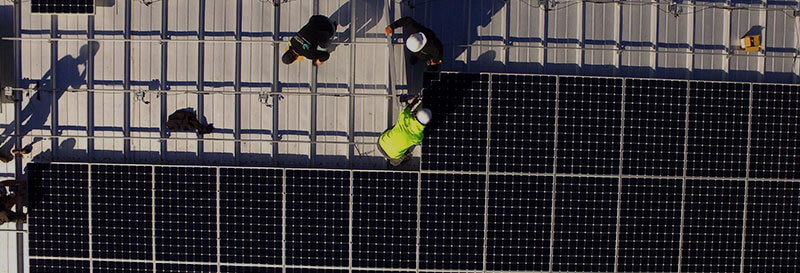
For many years, Third-Party Ownership (TPO) structures dominated the distributed generation solar market for both residential and commercial and industrial systems. With this approach, a solar developer would work with a tax equity partner (e.g., banks) to monetize the federal investment tax credit and accelerated depreciation. The solar firm would then pass some of these benefits onto the consumer through a lower power purchase agreement or lease rate.
Over the past two years and especially in the past twelve months, this TPO model has been declining in use relative to direct ownership.
As both panel and balance-of-system costs continue to plummet, direct ownership has become increasingly beneficial for consumers. The financial reason is clear. Consumers who have the capacity to use the tax credits themselves receive 100% of the value. Under a TPO model, a large share of the value is consumed by the tax equity partner.
Even though costs have declined dramatically enabling far more use of direct ownership, direct cash payment can still be challenging and is not always the best use of financial resources. Commercial PACE is a perfect tool to provide direct ownership benefits while enabling a property owner to spread payments over the useful life of the system. Moreover, a property owner does not need to come out of pocket for the project or guarantee the financing from the corporate or personal level. C-PACE does not affect property equity and can be used for non-investment grade buildings. Finally, the cost of capital is low and the interest is tax deductible.
In general, C-PACE is emerging as a practical tool for direct ownership of solar systems across the United States.
